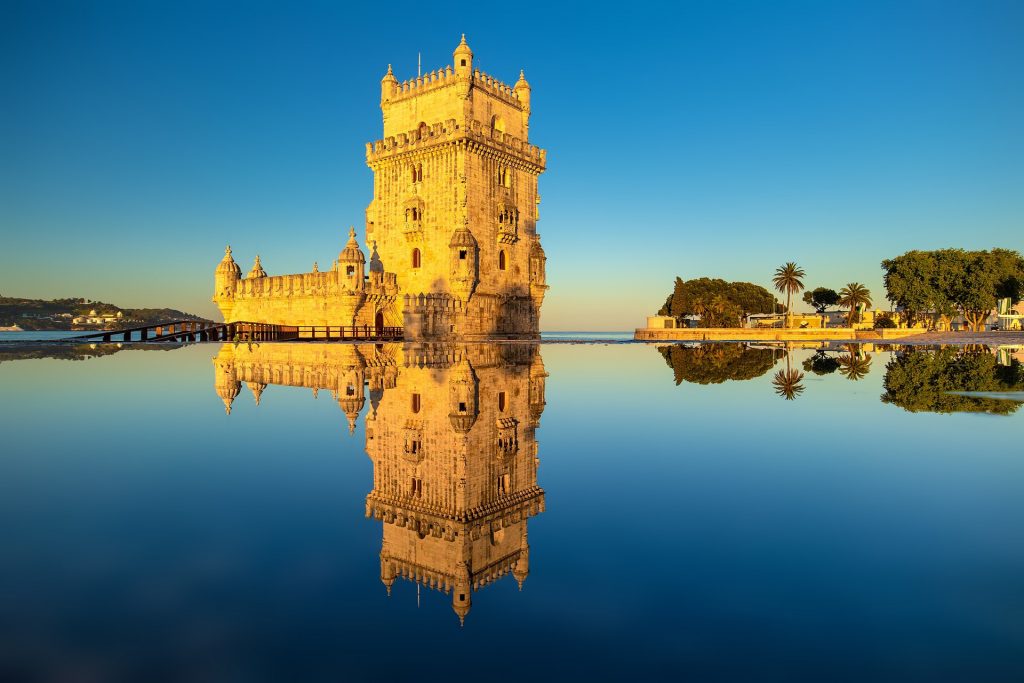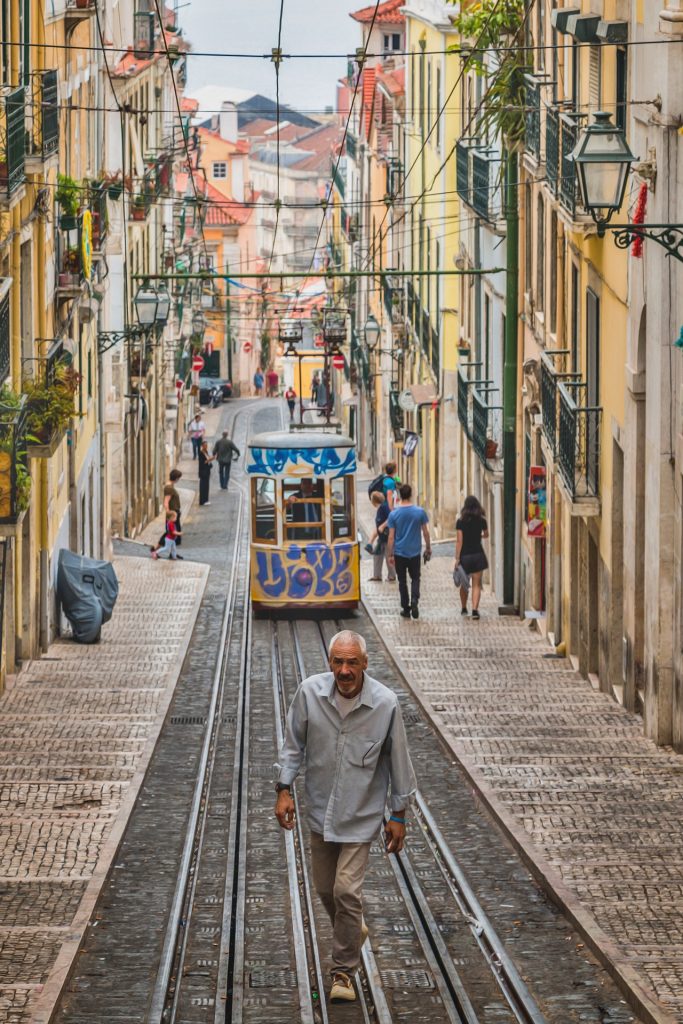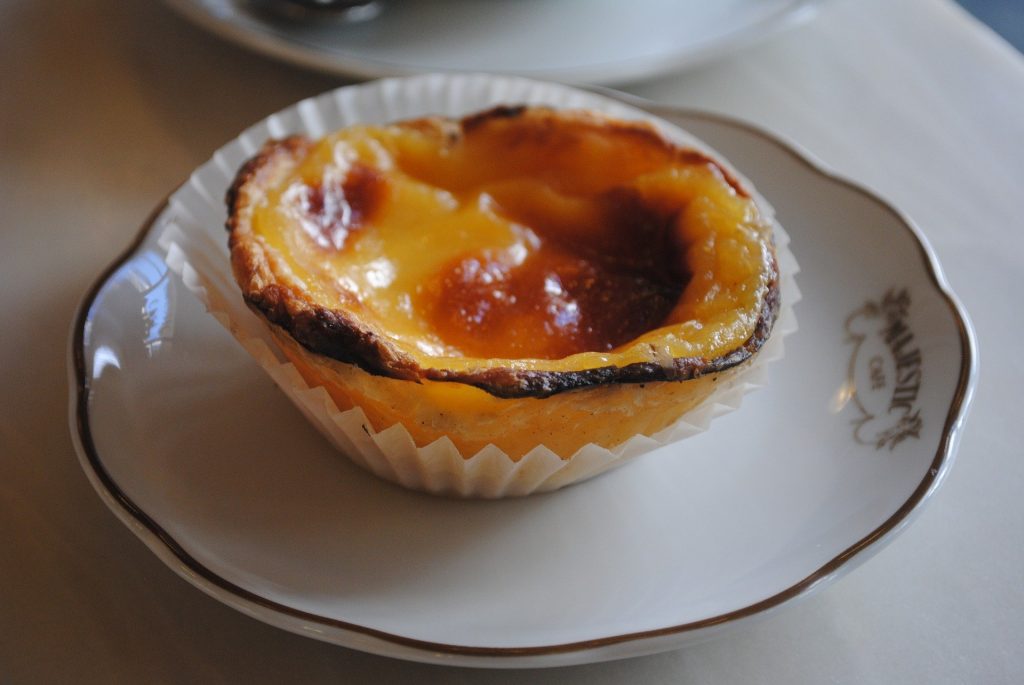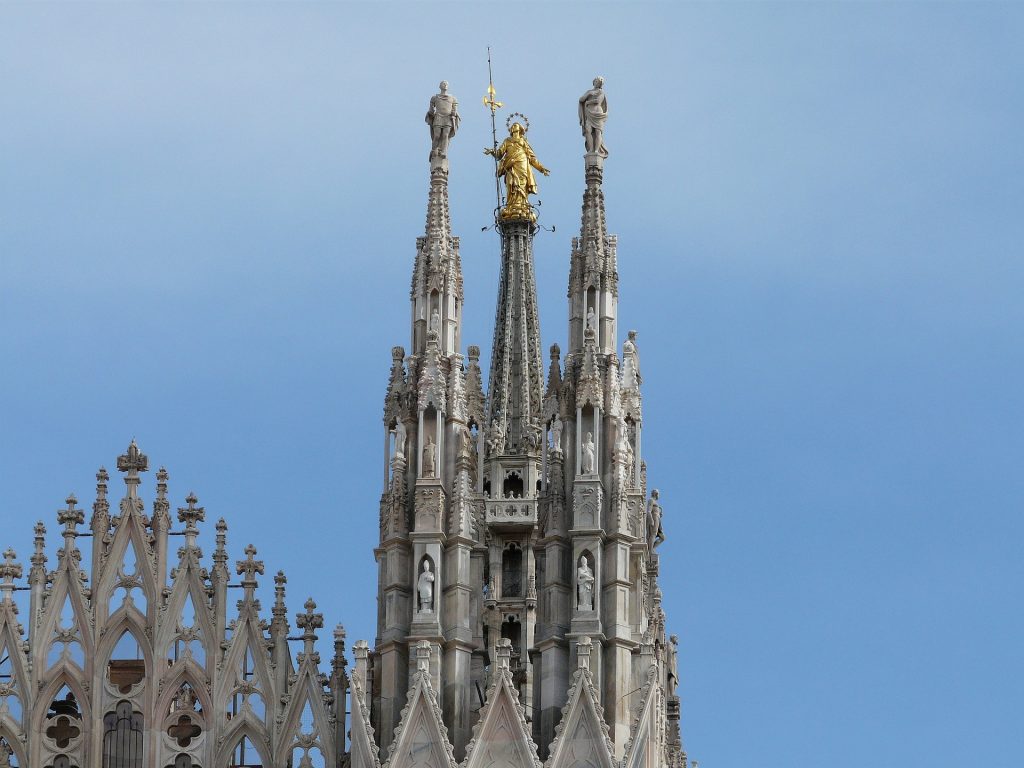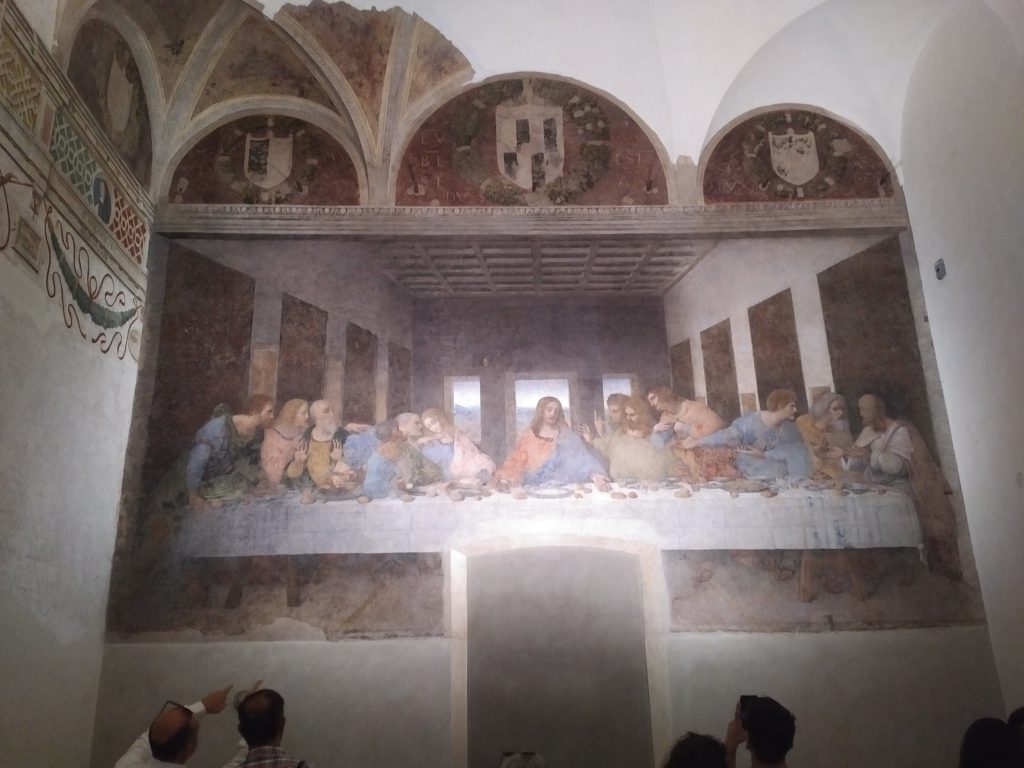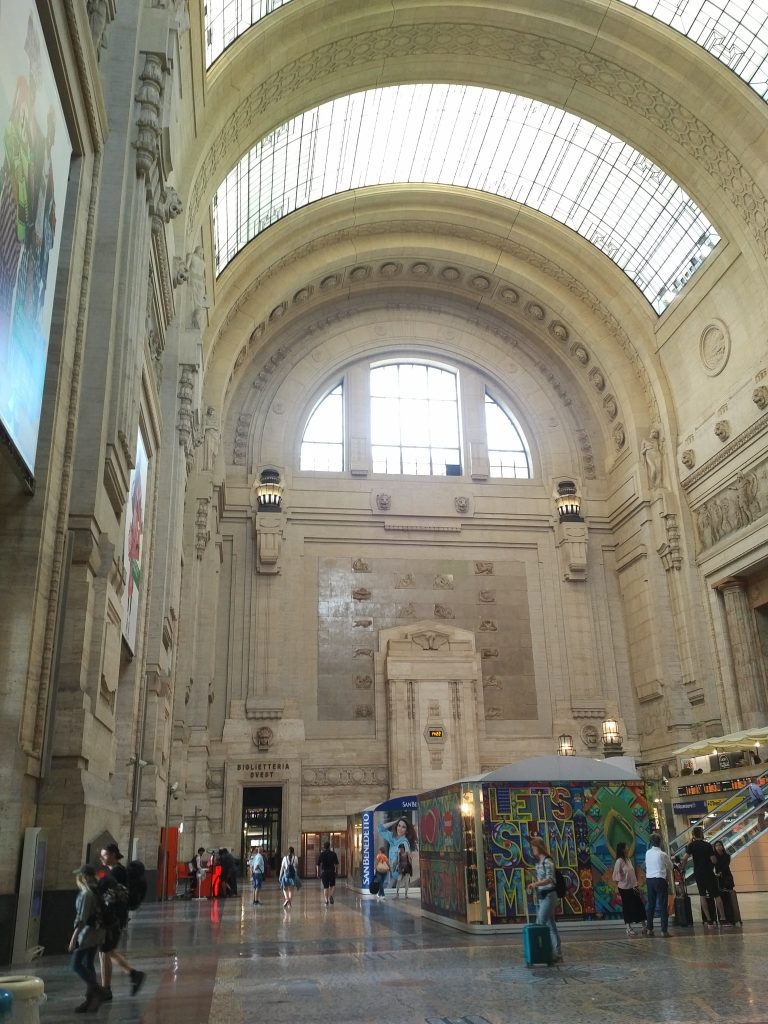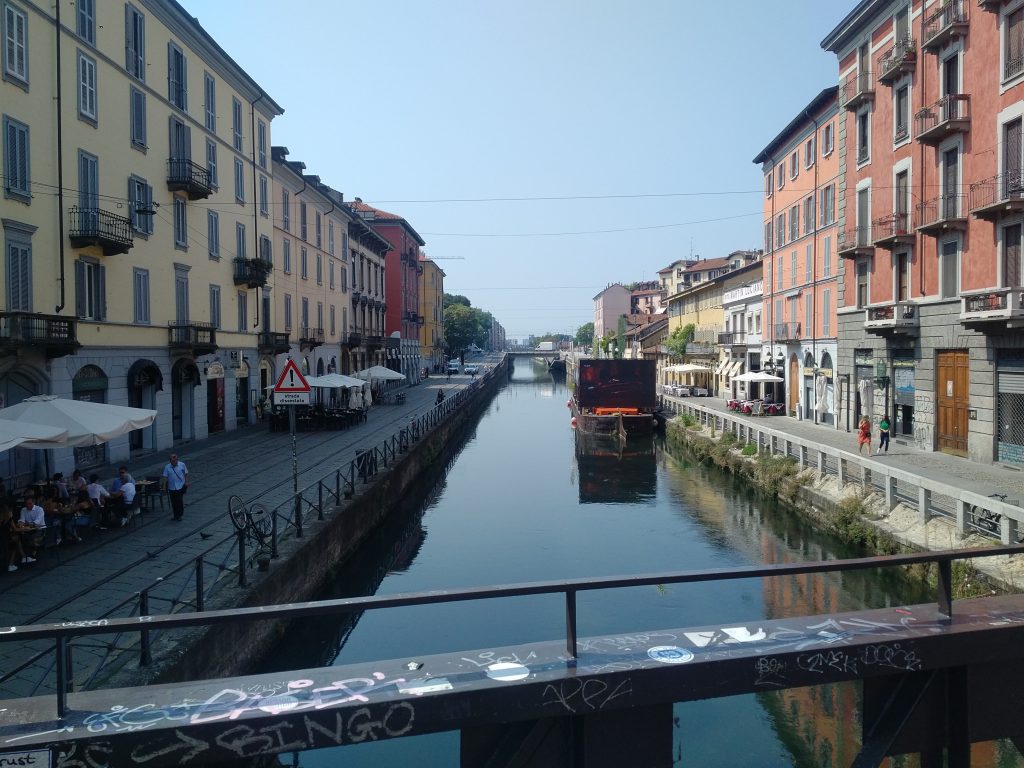Cyprus is located in the Eastern Mediterranean and is less than 5 hours flight from London. Stepping out of the plane at either Paphos or Larnaca airports you will have been transported to the crossroads of 3 continents. Europe, Africa and Asia. Cyprus has been inhabited since the 10th century BC and boasts a rich cultural history due to its geographical position.
Situated at the crossroads of three continents – as a result, its cuisine is a mixture and refinement of a variety of Southern European, Middle Eastern, and Central Asian influences. “Meze” is the most traditional meal on the island, though exactly what you will be served will depend on the preferences of the chef in charge. Consisting of up to 30 hot and cold dishes. They will give a good idea of the rich variety of Cypriot foods.

When not eating and drinking, Cyprus provides you with so much choice. The default option for many is one of the wonderful beaches on the island. The number 1 beach destination is Nissi Beach, a particular favourite of younger travellers. The beach of white sand has shallow crystal clear water and a wide selection of watersports are on offer. In the evening you can head into Ayia Napa, famous for its night life.
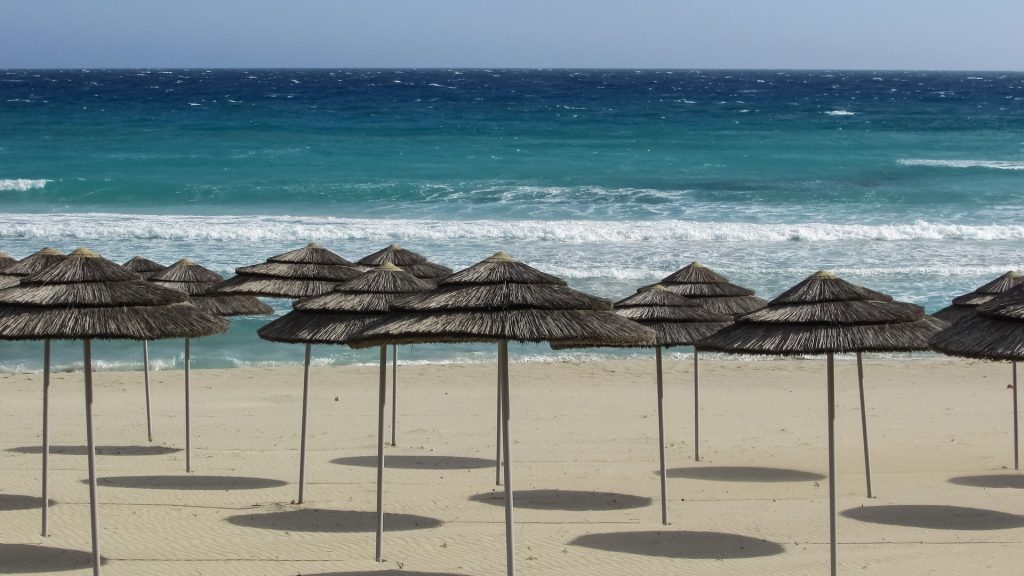
Fancy somewhere more family friendly then head to Coral Bay. Cliffs protect the beach and ensure that the water remains calm. The beach is also popular for those who like snorkelling and diving. Want somewhere a bit more grown up then head for Blue Lagoon Beach. You won’t find many facilities here but you will find a beautiful location to relax and unwind and maybe understand why David Bowie wrote “Cyprus is my island”.
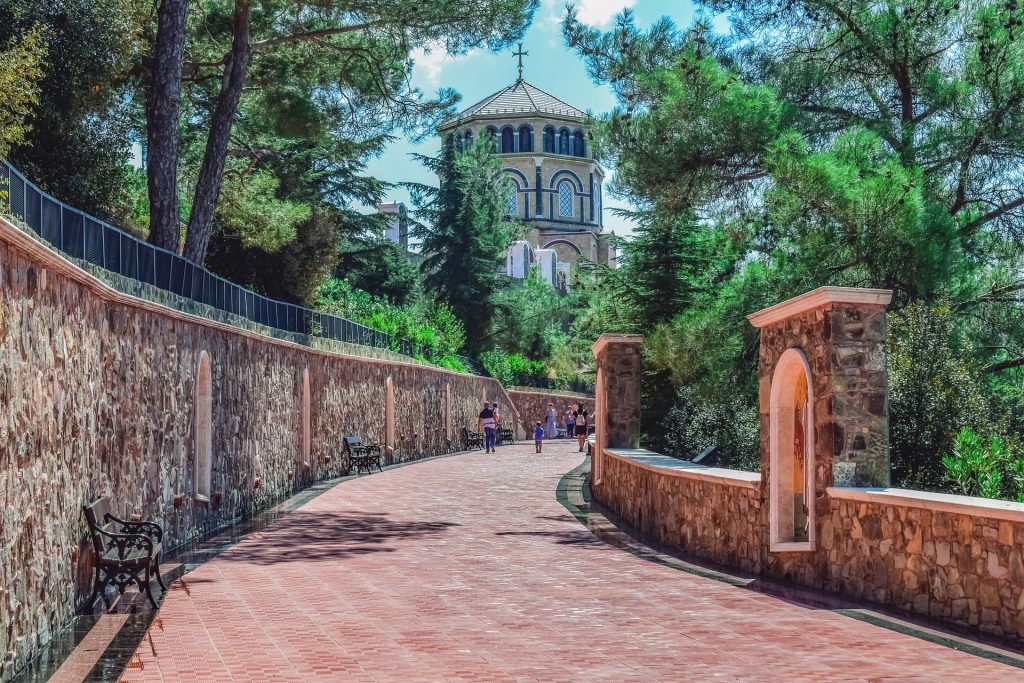
If you want a day away from the beach then head up to Kykkos Monastery. It dates back to the 11th century and is located 1318 meters up on the on the North West face of Troodos Mountains. There is a museum at the centre of the monastery that contains many artefacts relating to the pre-Christian history of the island. The monastery produces Zivania spirit and other alcoholic drinks. That in itself must be a reason to visit.
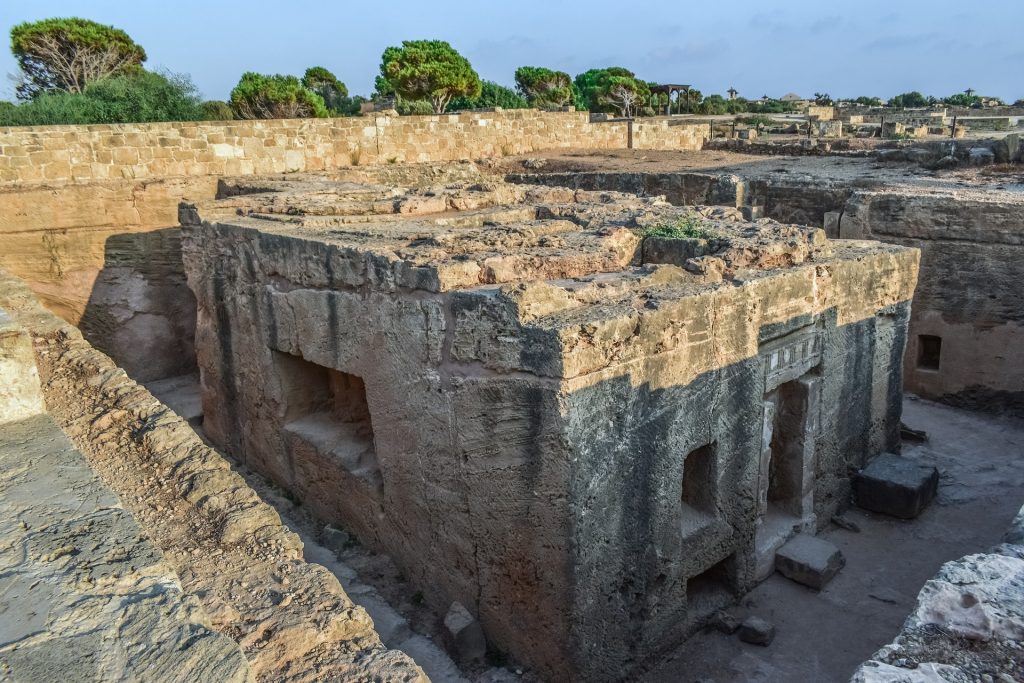
One of the most important archaeological sites on the island are the famous ‘Tombs of the Kings’. The tombs for high ranking officials rather than Kings have been carved out of solid rock and date back to the Hellenistic and Roman periods. They are similar to tombs found in Alexandria, Egypt. The tombs can be found in The Archaeological Park of Kato Pafos alongside a number of other important sites from the 4th century BC to the Middle Ages.
